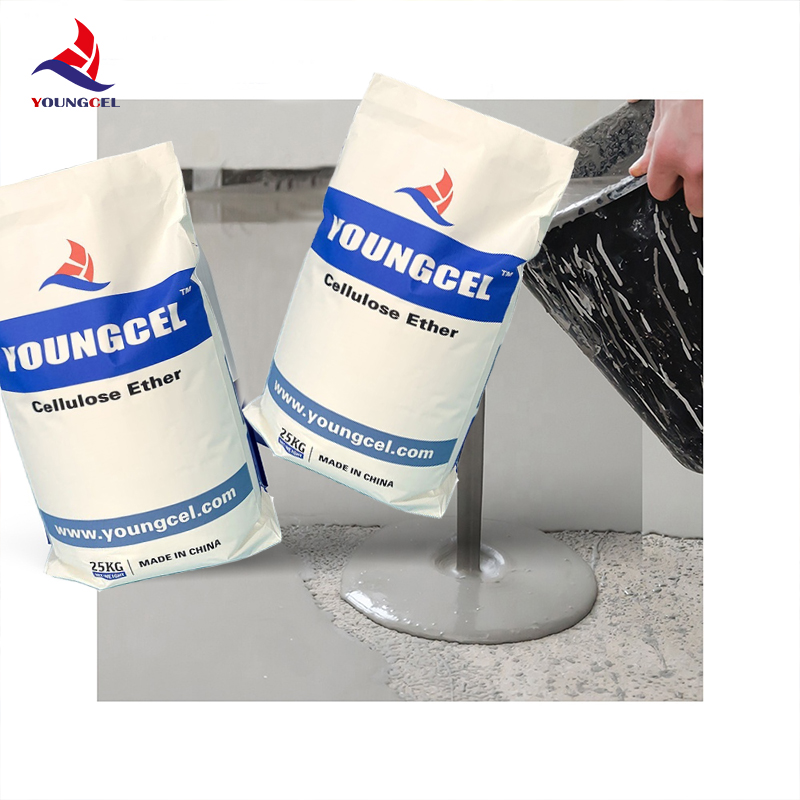The Evolution and Impact of Chemical Detergents
Chemical detergents have become an indispensable part of modern life, playing a crucial role in maintaining cleanliness and hygiene across various settings, from household kitchens to industrial facilities. The development and use of these products have evolved significantly over the years, reflecting advances in chemistry and a growing awareness of environmental sustainability.
Historically, detergents were simple soap compounds derived from natural sources like animal fats and vegetable oils. While effective, these traditional soaps had limitations, particularly in hard water areas where calcium and magnesium ions reduced their cleaning efficacy. In the early 20th century, the first synthetic detergents were developed, offering a solution to this problem. These synthetic detergents, derived from petrochemical sources, offered superior cleaning abilities, especially in the presence of hard water.
The chemical structure of synthetic detergents is fundamentally different from that of natural soaps. They consist of surfactants, which have hydrophilic (water-attracting) and hydrophobic (water-repellent) properties. This dual nature allows detergents to interact with both water and oily substances, effectively breaking down grease and grime. As a result, they have become a staple in household cleaning products, laundry detergents, and dishwashing liquids.
The Evolution and Impact of Chemical Detergents
However, the rise of chemical detergents has not been without controversy. Concerns about their environmental impact have prompted scrutiny over the chemicals used in these products. Many synthetic detergents contain phosphates, which can lead to water pollution and algal blooms in aquatic ecosystems when they enter waterways. Consequently, many regions have implemented regulations to limit phosphate use in cleaning products.
chemical detergent

In response to these environmental concerns, the detergent industry has made strides towards creating greener alternatives. Many brands now offer biodegradable detergents and phosphate-free formulations, using plant-based ingredients instead of harmful chemicals. These innovations reflect a growing consumer preference for products that are both effective and environmentally friendly.
Another area of focus in the detergent industry is hypoallergenic and sensitive skin formulas. With an increasing number of individuals experiencing skin sensitivities and allergies, manufacturers have developed detergents that are free from harsh chemicals, fragrances, and dyes. These products cater to families with young children or individuals with sensitive skin, demonstrating the industry’s responsiveness to consumer needs.
The packaging of chemical detergents has also undergone significant changes in recent years. Eco-friendly initiatives have led many companies to re-evaluate their packaging materials, moving towards recyclable or biodegradable options. Innovations such as concentrated detergents in smaller packaging have also emerged, allowing consumers to reduce waste while maintaining cleaning efficiency.
Despite their advancements, chemical detergents continue to face challenges in balancing efficacy with safety and environmental concerns. Ongoing research and development in the chemical industry aim to explore new formulations that maximize cleaning power while minimizing ecological footprints. Innovations in biotechnology, such as enzyme engineering and the use of natural surfactants, are expected to play a pivotal role in the future of laundry and dishwashing products.
In conclusion, chemical detergents have evolved tremendously from their early beginnings as simple soaps to the complex formulations that dominate the market today. While they have transformed the way we clean, there is an ongoing need for innovation and responsibility to ensure that cleaning practices do not come at the expense of our environment. As consumers become more aware of sustainability and health, the detergent industry must continue to adapt, creating products that are safe, effective, and environmentally friendly.
-
The Versatility of Industrial Additives: Mhec, Hpmc, And Wall Putty SolutionsNewsMar.28,2025
-
The Importance of HPMC in Modern IndustriesNewsMar.28,2025
-
Partnering with Reliable Manufacturers for Optimal ResultsNewsMar.28,2025
-
Enhancing Construction Performance with Redispersible Polymer PowdersNewsMar.28,2025
-
Enhancing Construction and Household Products with Advanced AdditivesNewsMar.28,2025
-
Building Strong Foundations with Key Construction MaterialsNewsMar.28,2025






